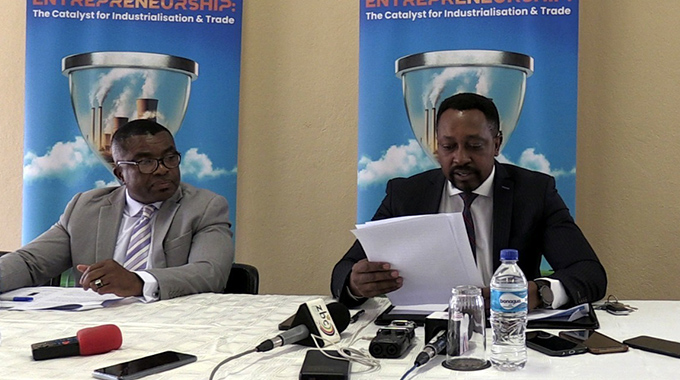Call to hasten African Mining Vision implementation

THE potential for broad-based development driven by mineral resources as well as upstream oil and gas remains largely untapped in African countries, but the quest for solutions to make mineral and petroleum resources an engine for growth and development have been a central preoccupation of policymakers and other stakeholders in Africa.
A panel hosted by Mine Africa and the Canada-Southern Africa Chamber of Business heard on Sunday that one critical step forward was the adoption of the African Mining Vision (AMV) in February 2009 by the African Union (AU) Summit of Heads of States, as a blueprint for unleashing the potential of the sector and ensuring that the continent regained ownership of its natural resources.
“We encourage the global investment community to demonstrate tangible support for the realisation of the AMV’s goals, so that we ensure the sustainable development of these natural resources in an environment where investors, workers and host countries benefit,” South African Mineral Resources Minister Advocate Ngoako Ramatlhodi said.
He stressed that unless anchored coherently in continental visions such as the AU’s Agenda 2063 and the AMV, the African extractive sector was unlikely to support structural social and economic transformation.
Zimbabwe has made great strides in this direction by adopting value addition and beneficiation in its economic blue-print, Zim-Asset.
Pan-African strategy and communications consultancy Africapractice CEO Marcus Courage told the panel that the premise of the AMV was that the continent, as a whole, had to coordinate its efforts to move mining from an “extractive” industry to an “additive” industry, where the emphasis was on stimulating wider economic growth.
He stressed that local content addition was critical to realising the goals of the AMV, but was simultaneously a challenge.
Courage pointed to Zambia, for example, which had allowed a lot of time to pass without formulating a concrete industrial development plan to beneficiate the millions of tonnes of copper it had been exporting for decades.
He argued that about 90 percent of the local content was merely middle men vending imported goods.
Courage replied that the established trend was that African States wanted to move forward in developing their respective resource sectors, as well as the additive industries; the foundational idea of the AMV.
Ramatlhodi concluded that when one looked toward Africa’s future, factoring in things such as population growth, urbanisation and a growing middle class, the future looked bright. “First movers would reap the benefits in a big way,” he said. — Online











Comments